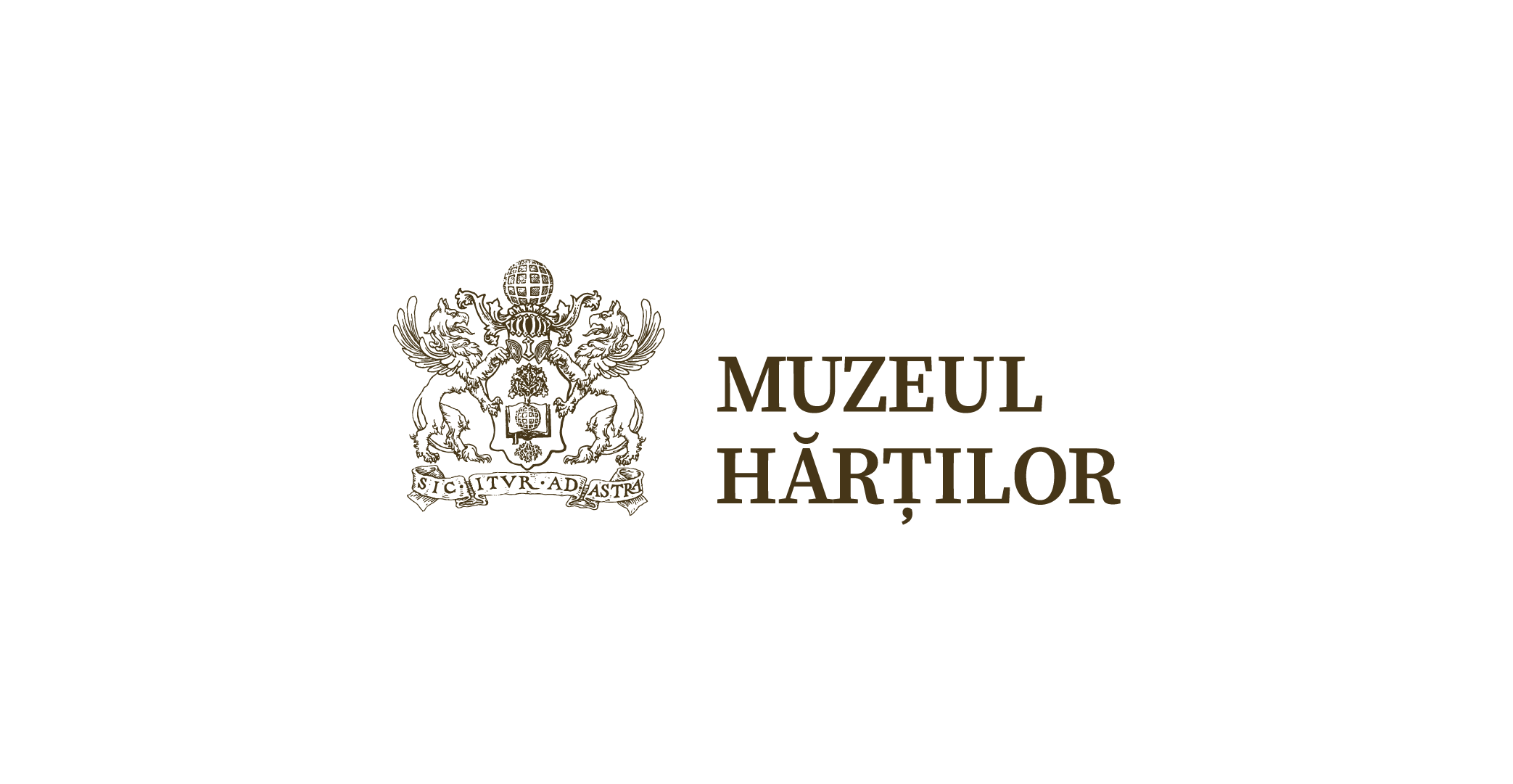The Japanese Embassy in Bucharest and the National Museum of Maps and Old Books, in collaboration with the Geospatial Information Authority of Japan (GSI) present you the exhibition Japanese Maps from the XIX Century.
Out of the collection of antique maps possessed by GSI, a selection of maps produced from the late Edo Period (1603 – 1867) to the early Meiji Period (1868 – 1912) is on display.
The Edo Period began when shogun Tokugawa Ieyasu established the Tokugawa Government by moving the political center to Edo (now Tokyo). The government reclaimed land to construct harbors, thereby attracting people and resources to Edo. It was a peaceful time without major wars for about 300 years. Since the Tokugawa Government adopted a national isolation policy, a unique Japanese culture had flourished during that time. Simple and clear maps, although not based on accurate survey, were also produced for people to use. There were also nationwide and world maps which were made through collected information.
In the Meiji Period, various Western technologies and cultures were introduced to Japan, prompting its modernization. Accurate maps based on precise survey were made. In response to the demand for accurate national maps based on the standardized specifications, the predecessor of GSI was established to assume the mapping task.
In addition to the Japanese maps the exhibition presents a few maps of Japan made by European cartographers. These artefacts come from the museum’s collection and from the Ovidiu Morar collection.
The exhibition is open 23 November – 24 December 2017.
